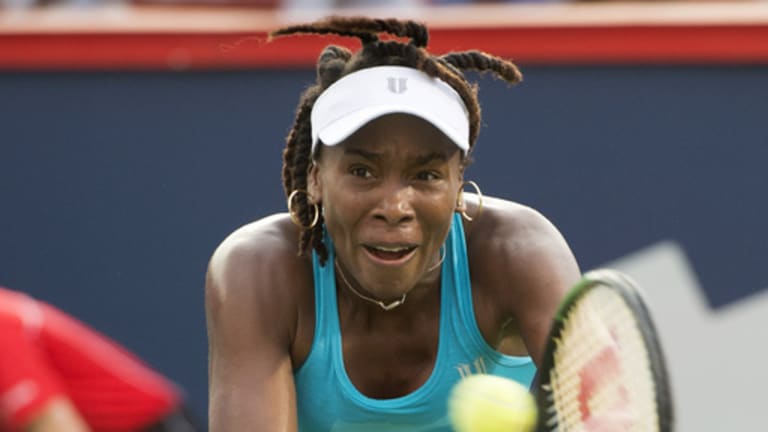“Having Venus and Serena at the top is a huge value,” says Martin Blackman, the head of the USTA Player Development program. “They set the highest standard, and I think you can see that in the development of a player like Madison Keys.”
What Blackman meant was that, when it comes to the generation of U.S. players that will (hopefully, someday) follow the Williams sisters, making the Top 20—or even the Top 10—isn’t going to cut it. Keys knows that, too, of course; she can feel the weight of U.S. tennis history, and the expectations it creates, with every powerful swing of her racquet. But so far that history has been more of an inspiration than a burden to her. This summer Keys became the first U.S. woman since Serena in 1999 to debut in the Top 10. And while it can be hard to remember, considering how long we’ve been talking about her, she's still just 21.


